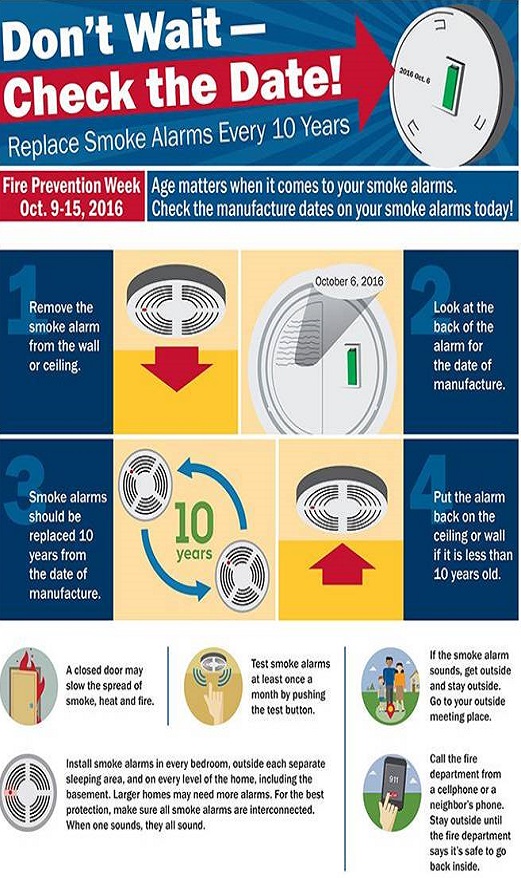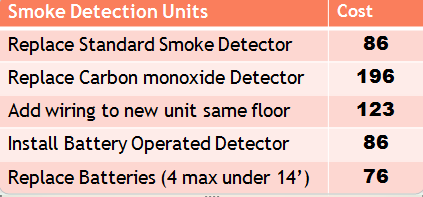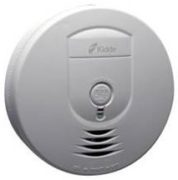Smoke alarms are a key part of a home fire escape plan. When there is a fire, smoke spreads fast. Working smoke alarms give you early warning so you can get outside quickly.
Smoke Alarms At Home

Smoke Alarm Outreach
Help increase awareness in your community about the life-saving benefits of smoke alarms.Share these free materials to teach your community about the importance of fire safety and working home smoke alarms.

Statistics to Share
Three out of five home fire deaths result from fires in properties without working smoke alarms.More than one-third (38 percent) of home fire deaths result from fires in which no smoke alarms are present.
SAFETY TIPS
Install smoke alarms in every bedroom. They should also be outside each sleeping area and on every level of the home. Install alarms in the basement.
Large homes may need extra smoke alarms.
It is best to use interconnected smoke alarms. When one smoke alarm sounds, they all sound.
Test all smoke alarms at least once a month. Press the test button to be sure the alarm is working.
There are two kinds of alarms. Ionization smoke alarms are quicker to warn about flaming fires. Photoelectric alarms are quicker to warn about smoldering fires. It is best to use both types of alarms in the home.
A smoke alarm should be on the ceiling or high on a wall. Keep smoke alarms away from the kitchen to reduce false alarms. They should be at least 10 feet (3 meters) from the stove.
People who are hard-of-hearing or deaf can use special alarms. These alarms have strobe lights and bed shakers.
Replace all smoke alarms when they are 10 years old.

Pricing

